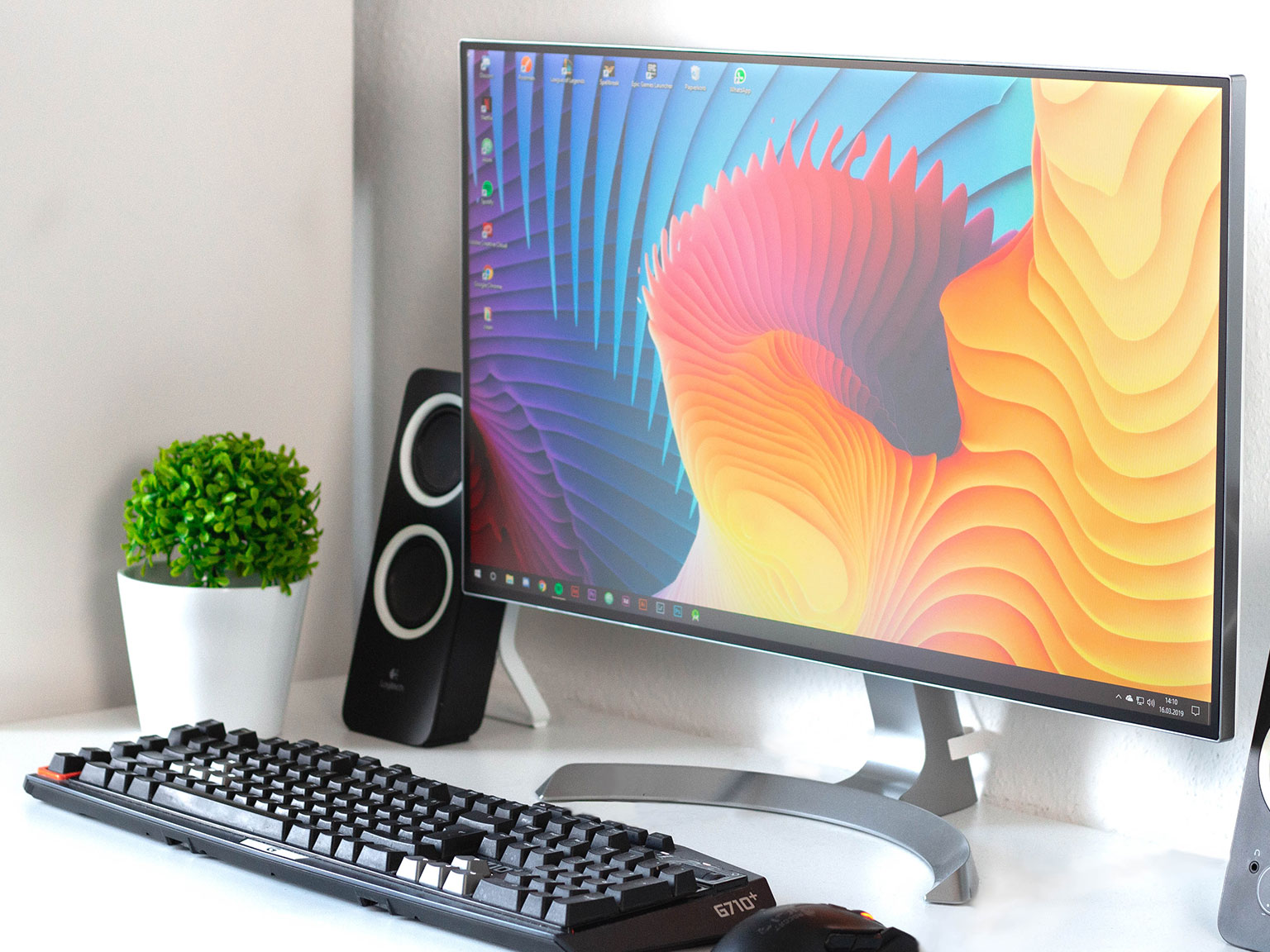With each passing day, the evolution of education has gained massive momentum owing to tremendous progress in technological advancements. In today’s information age focus has been shifted to educational technologies to simplify learning and augment achievement by employing technological resources. Educational Technology has a wide spectrum that covers theoretical aspects coupled with different philosophical frameworks as well as technological tools and media to accommodate efficient communication of knowledge. Today teachers and educational systems are availing ‘EdTech’ to impart knowledge in a more practical way. In this article, the experts of Pro-Papers reveal the top Education Technologies utilized today;
Personalized Learning Experiences- top Education Technologies
It’s an educational approach that strives to provide a customized learning experience to every single student according to his needs, skills and strengths. It’s an individualized approach where every student has imparted knowledge in a tailored manner from which he learns best. A teacher has a different approach for each student with this central belief that every child learns in a different way. Learning methods, objectives and pace varies for each one of them. Learning activities are often self-initiated by a student. In the process, certain goals are set for each student which enables them to take command of their learning. During this form of learning, every student is carefully assessed from time to time to polish their skills and strengths.
Cloud Computing- top Education Technologies
Accessibility anywhere-anytime to vast knowledge has been miraculously made possible by cloud computing. Students can acquire educational materials from any available device within a matter of seconds. This technology also lets students store and a backup large amount of data. Revolution in virtualization has multiplied the demand for cloud computing. There are three types of services offered by the cloud; Infrastructure as a Service (IaaS), Software as a Service (SaaS) and Platform as a Service (PaaS) with each one delivering their own specific services. Cloud computing is likely to be an attractive proposition for educational establishments as it significantly reduces software and hardware cost for educational purposes.
Virtual Reality Learning- top Education Technologies
Virtual reality experience based technology is booming in educational institutions throughout the world. Simulations and digital aspects of VLE make it more engaging for the students. VLE is instructor-led training delivered over a technology platform. Games are also a great way to improve retention as well as expand memory capacity. Virtual reality offers an enthralling experience where students would even visit every single planet in the solar system without having to leave the classroom. Content Management, Multimedia and Forums are some other aspects of the virtual learning environment.
3D Printing
3D printing learning has caught the undivided attention of educators owing to its effectiveness in inculcating learning concepts in student’s minds. It also develops creativity in them due to tangible and physical experiences. It bolsters spatial reasoning skills by 2D and 3D models. With this technology, students visualize and shape their own imaginations. Furthermore, this simplifies the abstruse theories and make learning easy for students. Its significance expands even more for higher education standards like engineering where students can create prototypes and architectures can design 3D designs.
Speech-to-text-Options
This is one of the most user-friendly educational technologies in which turn speech into texts with the help of the internet. Students can verbally command their devices to search for any piece of important information anywhere. It supports the increased demonstration of learning and independence. Its application is also tremendously critical for children with different disorders like dysgraphia, dyslexia and other learning and attention issues. Dictation technology is employed to address such problems. Normally, Apple’s Siri is one such example of this technology.
Artificial Intelligence
The belief that individual tutoring is much more effective than group teaching has led educators to develop AI-educational technology i.e Intelligent tutoring systems (ITSs), designed to give prompt and personalized feedback to students. It can even analyze student behavior patterns in the long term. It offers machine-assisted solutions for helping students. For teachers, AI technology can save plenty of time through automating grading for nearly all kinds of multiple-choice questions and fill-in-the-blank testing.
Learning Analytics
With dependence on educational technologies like never before, learning analytics has developed the utmost importance. Learner behavior is systematically captured through online learning systems in order to improve and optimize the learning process. Evaluation of student engagement and learning output is extracted so that better educational decision-making can be made. It gives insight into the teaching process and targeted feedback for students. This way data can be collected for each student which lets teachers intervene and identify the risk factors.
Collaborative Learning
It’s an educational approach where a number of students learn something together where they discuss concepts and find solutions. Students utilize one another’s skills and strengths to gain knowledge more efficiently. In this regard, Computer-supported collaborative learning uses instructional techniques designed to encourage students to work together. This is also called cooperative learning because students are grouped together in small groups where they work as a team on a shared assignment. Working together teaches them to deal with conflict in achieving their objective.
Flipped Classroom
It’s a popular educational approach in which the conventional method of classroom teaching is flipped. Students are imparted required knowledge before class, preferably at home, in the form of videos, chats or reading material. When they come to school, they already have background knowledge regarding those topics so they ask more questions. Classroom time is then used to deepen understanding of the particular subject. This approach promotes an interactive and flexible learning environment and gives enough time for discussions and independent work. Studies show that this technique has exponentially improved overall student achievement and grades.
Whiteboards
This is a computer software application simulated technology that allows students to draw and write on touch screens of whiteboards. It’s a highly participatory and interactive technology that kindles creativity among students. It features a virtual classroom that enhances presentation content by integrating a broad range of material into a single lesson. Such presentations let students procure more information. Students can also work around a shared task.





